Vijay Anand was born on January 22, 1934 in Gurdaspur, Punjab and was the youngest of the three Anand brothers. His elder brothers were director Chetan Anand and actor Dev Anand. Though Vijay, affectionately known as Goldie, some say because of his curly hair, is known today as a director, he actually started his career as an actor in 1955 in a family drama called Joru Ka Bhai (1955), directed by brother Chetan. He didn’t pursue acting, however, preferring to be behind the camera for most part. His best film as an actor is said to be Kora Kagaz (1974). The film, directed by Anil Ganguly, was based on the 1963 Bengali film Saat Pake Bandha directed by Ajoy Kar, and starred Suchitra Sen and Soumitra Chatterjee. He played a college professor who marries a much younger girl (Jaya Bhaduri), from a wealthy family. The girl’s mother doesn’t like the fact that their son-in-law isn’t affluent like them and her constant interference creates acrimony between the couple. In Tere Mere Sapne (1971), a film starring Dev Anand and Mumtaz, he played a doctor who is drunk all the time. Though he’s a drunkard, he acts as the conscience keeper of the protagonist and was well-liked for his small but significant role. He also directed the film. It’s said to be his most serious film till date as it revolved around the real-life profession of doctors forgetting the Hippocratic Oath and blindly pursuing lucre. It reportedly changed the fortunes of Mumtaz, whose acting as a stoic wife was much admired in the film. People started taking her seriously as an actor after this. In Main Tulsi Tere Aangan Ki (1978), he played a debauched landlord who marries another, much younger woman (Asha Parekh) and brings turmoil into the life of his wife (Nutan). In 1994, he appeared as detective Sam D’Silva in the hit TV series Tehkikaat. The serial became quite popular and his chemistry with Saurabh Shukla, who played Gopichand, his partner, was much admired.
His next film was Tere Ghar Ke Saamne (1963), a romantic comedy. It’s said Goldie liked Nutan as an actress, who was said to have the perfect photogenic face. He shot one of the best songs of the actress, Dil ka bhanwar kare pukar in the film. The song was said to be shot on the spiral staircase of Qutub Minar and is a marvel of song picturisation. Nutan and Dev Anand climb up the tower as friends but come down as lovers, the whole courtship being played out amidst the journey.
Indeed, shooting songs aesthetically and using them as extensions of the narrative became something of a trademark for Vijay Anand. In the Tere mere sapne song from Guide (1965), for instance, the morning sun becomes a metaphor for the new-found love between Raju and Rosie. The light Goldie wanted was available only for 15 minutes per day early morning so he timed it to perfection and shot for those 15 minutes each day till he was satisfied. The song Hothon mein aisi baat from Jewel Thief (1967) was shot at the royal palace of Gangtok, Sikkim and showed the heroine in a dilemma as she has learnt a fateful secret. The fast-moving song looked almost like an uncut take. Pal bhar ke liye koi hame pyar kar le from Johny Mera Naam (1970) was filmed on a set representing a house with multiple doors and windows. You can see Dev Anand in a continuous motion serenading Hema Malni from various nooks and crannies. Pal pal dil ke paas from Blackmail (1973) was designed like a daydream. The heroine, Raakhee, reads the letters written to her by the hero, Dharmendra, and imagines he’s there alongside her. It rates as being one of the most romantically picturised songs ever. In Akela gaya tha main (Rajput, 1982), the daydream motif is again utilised, this time on Rajesh Khanna, who is shown riding a horse and thinking about Hema Malini. The film may have flopped but the beauty of the song hasn’t diminished. Composers Laxmikant-Pyarelal too cleverly incorporated the tick-tock sound made by the hooves of the horse into the soundtrack.
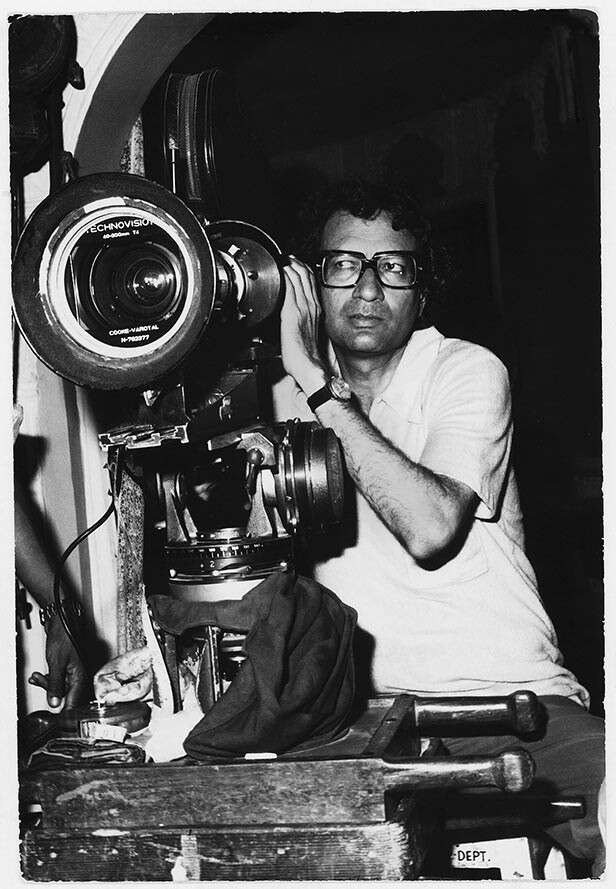
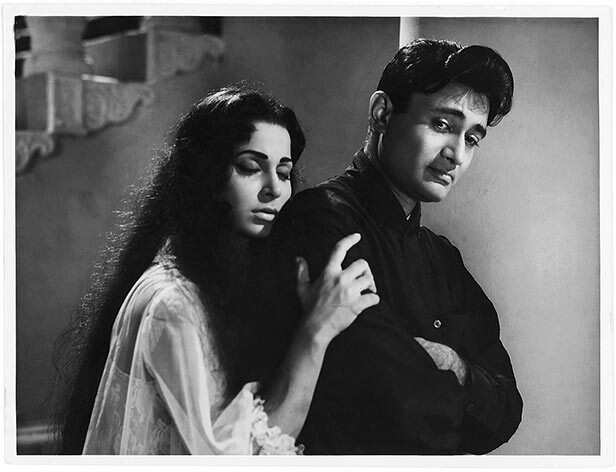
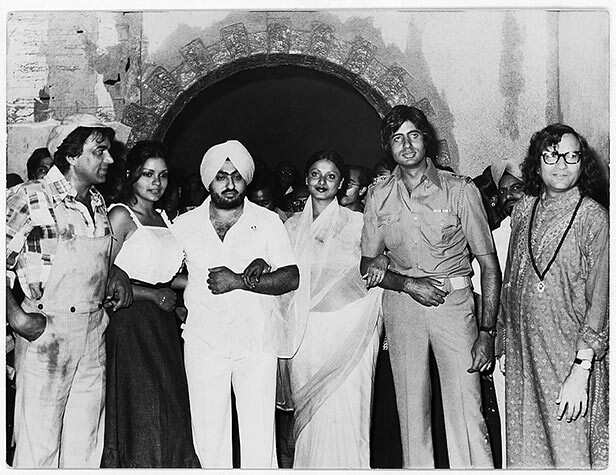
Some credit Vijay Anand as being one of the most prolific of commercial Hindi film directors. Well, come to think of it, Nau Do Gyrah was a road movie, Kala Bazar was neo-realist cinema, Tere Ghar Ke Saamne a romcom, Guide a book adaptation, Teesri Manzil a murder mystery, Jewel Thief was noir, Johny Mera Naam employed the lost-and-found formula, while Hum Dono explored how war and PTSD (Post Traumatic Stress Disorder) changed the human psyche. He was way ahead of his times in doing so.
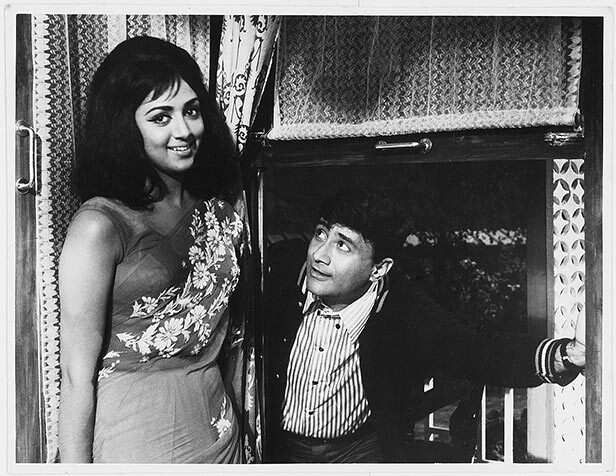
Vijay Anand reportedly lost interest in direction after three conecutive films , Blackmail (1973), Chhupa Rustam (1973) and Bullet (1976) didn’t perform well at the box office. To overcome the depression, perhaps, he became a disciple of godman Rajneesh and was said to belong to Rajneesh’s inner circle. He married his niece Sushma Kohli in 1978, when he was making Ram Balram (1980). This move led to a huge scandal within the conservative Punjabi community. Subsequent films like Rajput (1982), Hum Rahe Na Hum (1984) and Main Tere Liye (1988), too flopped. His last film was Jaana Na Dil Se Door (2001), which didn’t get released.
He died on February 23, 2004 due to a heart attack and was aged 70 at the time of his death.
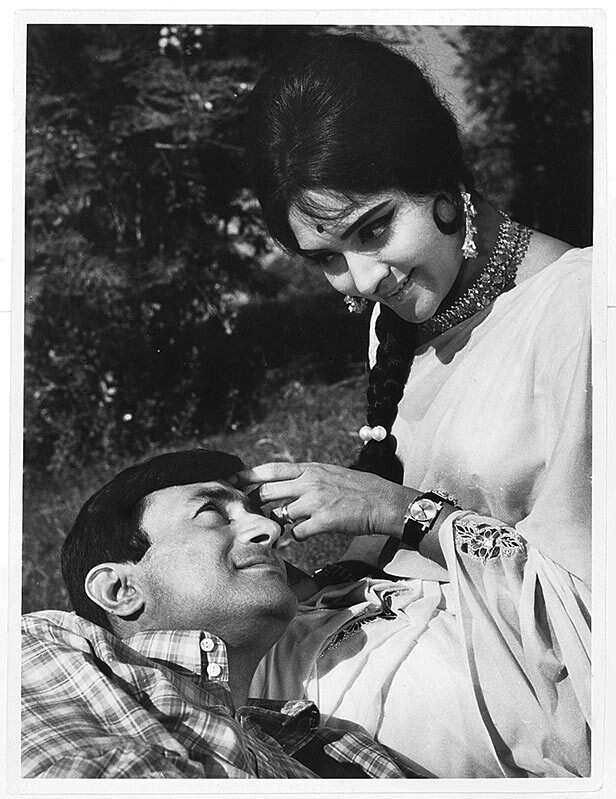

Comments
Post a Comment